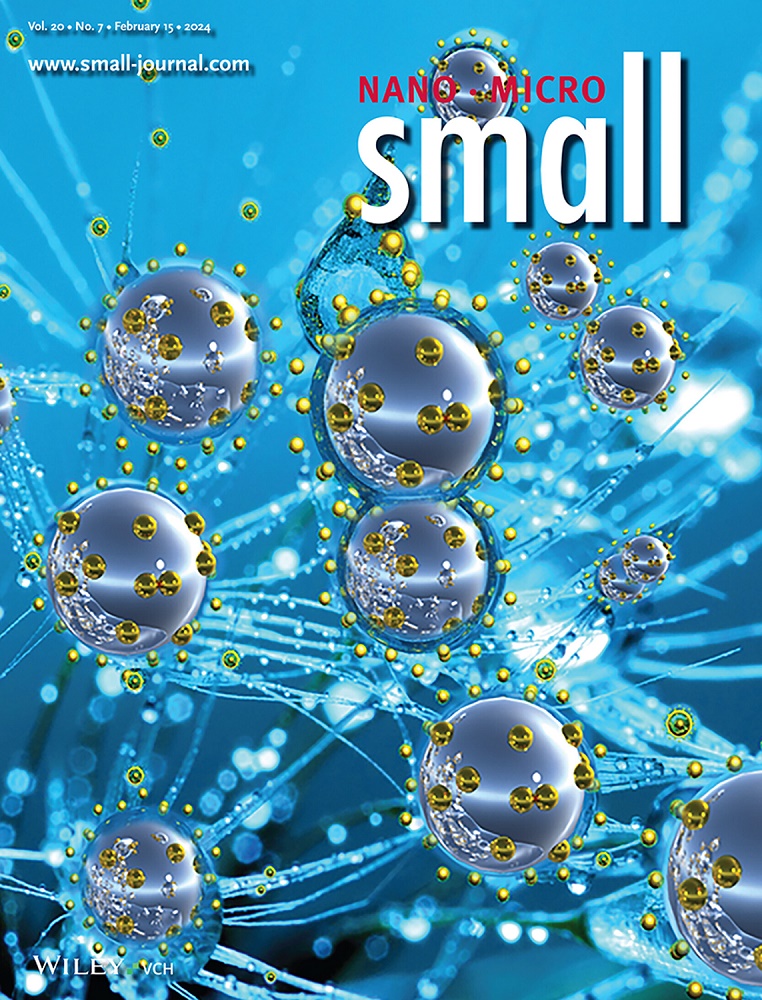Synergistic and Competing Effects of Iron in TiVNbCr-Based High-Entropy Alloys for Reversible Hydrogen Storage.
IF 12.1
2区 材料科学
Q1 CHEMISTRY, MULTIDISCIPLINARY
引用次数: 0
Abstract
Developing high-performance, cost-effective high-entropy alloys (HEAs) for reversible hydrogen storage is hindered by complex trade-offs between thermodynamic, kinetic, and stability properties. Herein, a CALPHAD-guided strategy is employed to systematically investigate the multifaceted role of Fe in TiVNbCr-based HEAs. Adding Fe effectively destabilizes the resulting hydride and accelerates desorption kinetics, culminating in a state-of-the-art reversible capacity of 2.31 wt% at 303 K for the Fe6 alloy. However, the influence of Fe is complex: while trace amounts catalytically enhance initial activation, higher concentrations promote a passivating surface oxide layer. Furthermore, long-term cycling demonstrates that Fe exacerbates lattice strain accumulation, leading to accelerated mechanical degradation. This work unravels the synergistic and competing effects of a single alloying element on surface chemistry, bulk thermodynamics, and structural evolution, establishing a holistic design paradigm that is essential for developing next-generation, practical hydrogen storage materials.铁在tivnbcr基高熵合金可逆储氢中的协同与竞争效应。
开发用于可逆储氢的高性能、高成本效益的高熵合金(HEAs)受到热力学、动力学和稳定性之间复杂权衡的阻碍。本文采用一种以calphad为导向的策略,系统地研究了Fe在基于tivnbcr的HEAs中的多方面作用。添加铁有效地破坏了氢化物的稳定性,加速了脱附动力学,在303 K时,Fe6合金的可逆容量达到了2.31 wt%。然而,铁的影响是复杂的:虽然微量的催化增强了初始活化,但高浓度的铁促进了表面氧化层的钝化。此外,长期循环表明,铁加剧了晶格应变积累,导致加速机械退化。这项工作揭示了单一合金元素对表面化学、体热力学和结构演变的协同和竞争效应,建立了一个整体设计范式,这对开发下一代实用的储氢材料至关重要。
本文章由计算机程序翻译,如有差异,请以英文原文为准。
求助全文
约1分钟内获得全文
求助全文
来源期刊

Small
工程技术-材料科学:综合
CiteScore
17.70
自引率
3.80%
发文量
1830
审稿时长
2.1 months
期刊介绍:
Small serves as an exceptional platform for both experimental and theoretical studies in fundamental and applied interdisciplinary research at the nano- and microscale. The journal offers a compelling mix of peer-reviewed Research Articles, Reviews, Perspectives, and Comments.
With a remarkable 2022 Journal Impact Factor of 13.3 (Journal Citation Reports from Clarivate Analytics, 2023), Small remains among the top multidisciplinary journals, covering a wide range of topics at the interface of materials science, chemistry, physics, engineering, medicine, and biology.
Small's readership includes biochemists, biologists, biomedical scientists, chemists, engineers, information technologists, materials scientists, physicists, and theoreticians alike.
 求助内容:
求助内容: 应助结果提醒方式:
应助结果提醒方式:


